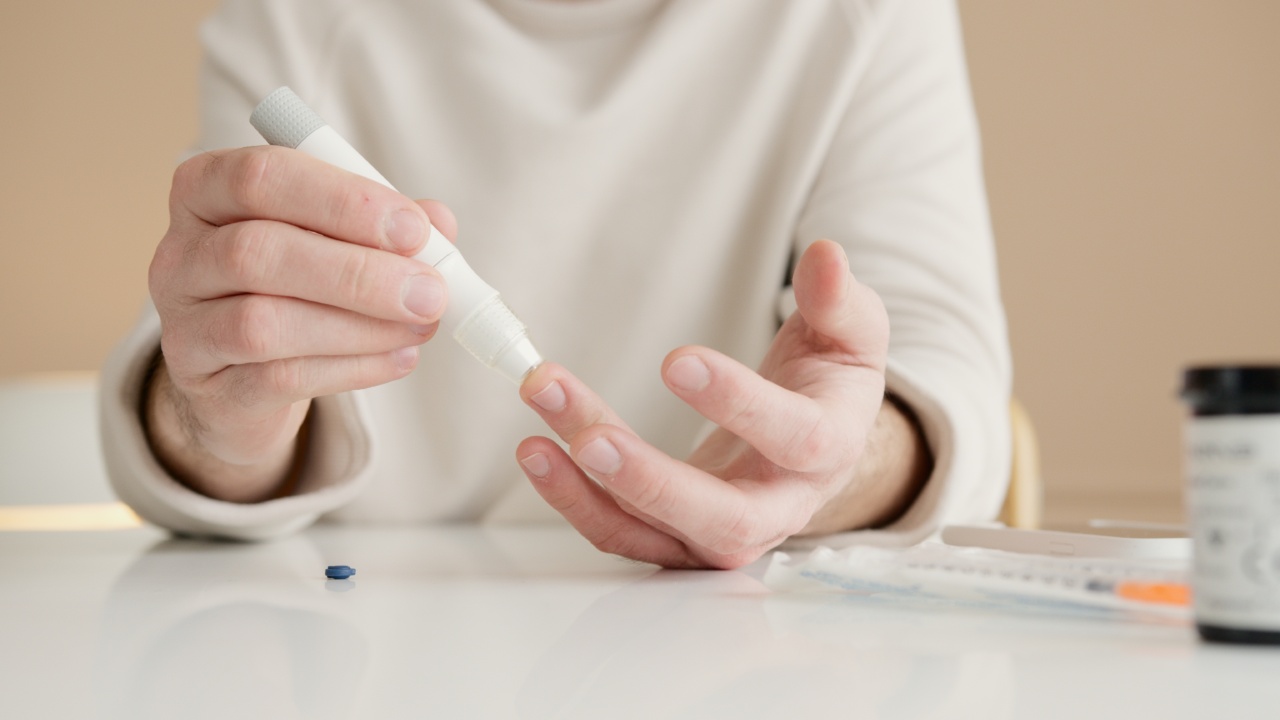Prostatitis is a condition characterized by inflammation of the prostate gland, which is responsible for producing semen. It can cause a range of symptoms including pain or discomfort in the groin, difficulty urinating, and sexual dysfunction.
Chronic prostatitis refers to recurring or persistent inflammation of the prostate. While the exact cause of chronic prostatitis is often unknown, it can be a challenging condition to manage.
Fortunately, there are non-invasive treatment options available that can provide relief and improve quality of life for those suffering from chronic prostatitis.
Understanding Chronic Prostatitis
Chronic prostatitis is a complex condition that can have a significant impact on a man’s physical and emotional well-being. The symptoms can vary from mild to severe and may come and go over an extended period.
It is estimated that chronic prostatitis affects up to 15% of men worldwide, making it a relatively common condition.
Types of Chronic Prostatitis
There are four types of chronic prostatitis:.
1. Chronic bacterial prostatitis: This occurs when bacteria infect the prostate gland and cause symptoms of prostatitis. Antibiotics are typically prescribed to treat this form of prostatitis.
2. Chronic nonbacterial prostatitis: Also known as chronic pelvic pain syndrome (CPPS), this is the most common type of chronic prostatitis. It is characterized by inflammation of the prostate without evidence of bacterial infection.
The exact cause of this type of prostatitis is unknown.
3. Asymptomatic inflammatory prostatitis: This type of prostatitis does not cause any symptoms, but inflammation is still present in the prostate gland. It is usually discovered incidentally during a medical examination for unrelated reasons.
4. Chronic prostatitis/chronic pelvic pain syndrome (CP/CPPS): This term is used to describe cases of chronic prostatitis where the exact cause is unknown. It is characterized by pelvic pain, discomfort, and urinary symptoms.
Treatment Options
The treatment of chronic prostatitis depends on the underlying cause and severity of symptoms. In cases of chronic bacterial prostatitis, antibiotics are commonly prescribed to eliminate the infection.
However, for nonbacterial prostatitis and CP/CPPS, non-invasive treatment options are often favored.
1. Lifestyle Modifications
Many individuals find relief from chronic prostatitis symptoms by making certain lifestyle changes:.
– Reducing stress levels through relaxation techniques like meditation or yoga.
– Avoiding irritants like caffeine, spicy foods, and alcohol that can exacerbate symptoms.
– Incorporating regular exercise into their routine to improve overall pelvic muscle strength and blood flow.
– Maintaining a healthy diet to support overall prostate health.
2. Physical Therapy
Physical therapy is commonly used in the treatment of chronic prostatitis. Pelvic floor physical therapy, in particular, focuses on releasing tension in the muscles of the pelvic floor.
This can help reduce pain, improve urinary function, and restore overall pelvic health. Physical therapists may utilize techniques such as manual therapy, biofeedback, and therapeutic exercises tailored to the individual’s specific needs.
3. Heat Therapy
Applying heat to the pelvic area can help alleviate symptoms and provide relief.
Heat therapy, such as using a warm sitz bath or applying a heating pad to the lower abdomen, can help relax the pelvic muscles and reduce pain and discomfort associated with chronic prostatitis.
4. Acupuncture
Acupuncture, an ancient Chinese therapy, is believed to stimulate the body’s natural healing processes. Some studies have shown that acupuncture can provide relief from chronic prostatitis symptoms.
By targeting specific acupuncture points, it is believed to promote blood flow and reduce inflammation in the prostate gland.
5. Herbal Supplements
Herbal supplements have been used for centuries in traditional medicine to help alleviate symptoms of various conditions, including chronic prostatitis.
Supplements like saw palmetto, pygeum, and stinging nettle root extract have shown promising results in reducing inflammation and improving urinary symptoms associated with chronic prostatitis. However, it is crucial to consult with a healthcare professional before starting any herbal supplements, as they may interact with other medications.
6. Stress Management
Chronic prostatitis symptoms can often worsen with stress.
Learning effective stress management techniques such as deep breathing exercises, cognitive-behavioral therapy, or mindfulness-based stress reduction can help individuals better cope with their symptoms and reduce the impact of stress on their overall well-being.
7. Psychological Support
Living with chronic prostatitis can be emotionally challenging.
Seeking psychological support from a therapist or joining support groups can provide individuals with a safe space to share their experiences, receive emotional support, and learn coping strategies.
8. Medications
In some cases, medications may be prescribed to manage symptoms of chronic prostatitis.
These may include alpha-blockers to relax the muscles in the prostate and bladder neck, anti-inflammatory drugs to reduce inflammation, or tricyclic antidepressants to help reduce pain and discomfort.
9. Prostatic Massage
Prostatic massage is a technique often performed by a healthcare professional to help relieve symptoms of chronic prostatitis.
Through gentle massage of the prostate gland, it aims to improve blood flow, reduce inflammation, and promote the elimination of accumulated fluids.
10. Transcutaneous Electrical Nerve Stimulation (TENS)
TENS is a non-invasive therapy that involves applying mild electrical currents to the pelvic area. It is believed to help relieve pain and improve muscle function.
TENS units can be used at home to provide symptomatic relief for individuals with chronic prostatitis.
Conclusion
Chronic prostatitis is a challenging condition that can significantly affect a man’s quality of life.
Fortunately, there are various non-invasive treatment options available, ranging from lifestyle modifications and physical therapy to heat therapy, acupuncture, and herbal supplements. It is important for individuals to work closely with their healthcare professionals to determine the most suitable treatment approach and achieve long-term relief from chronic prostatitis symptoms.






























